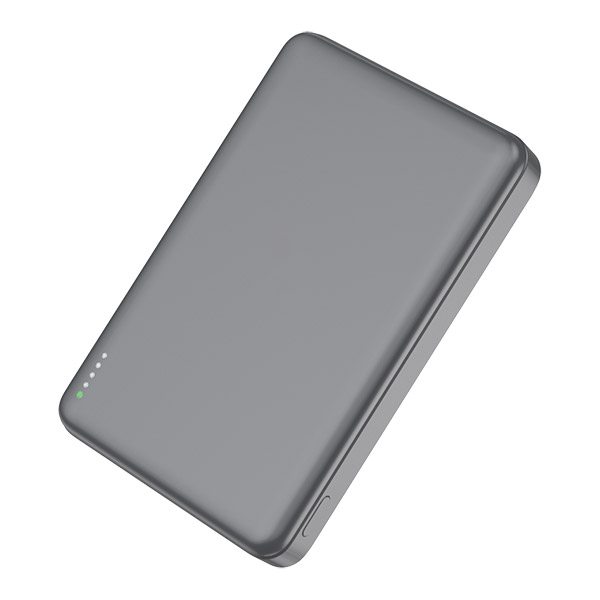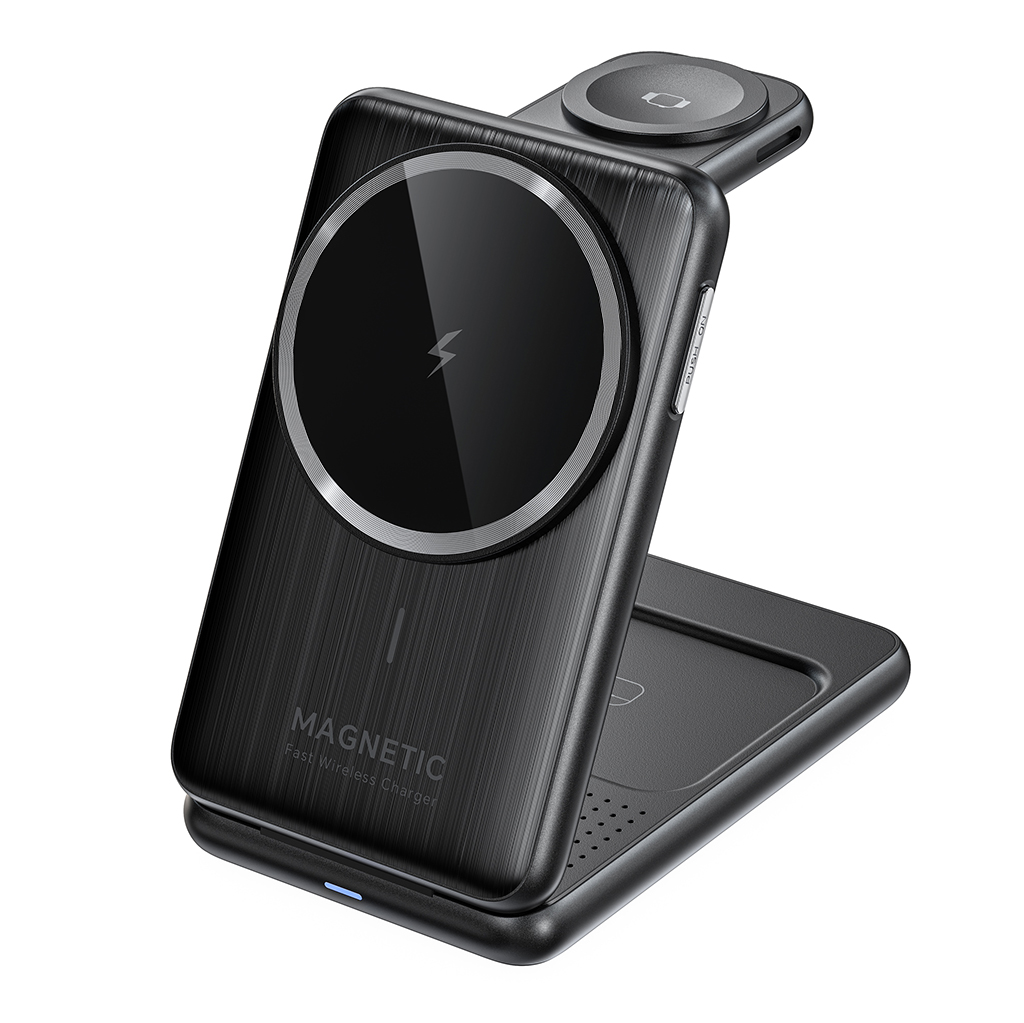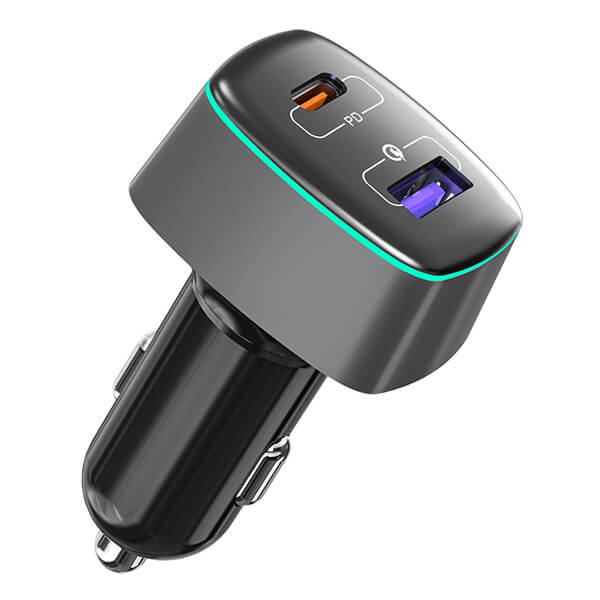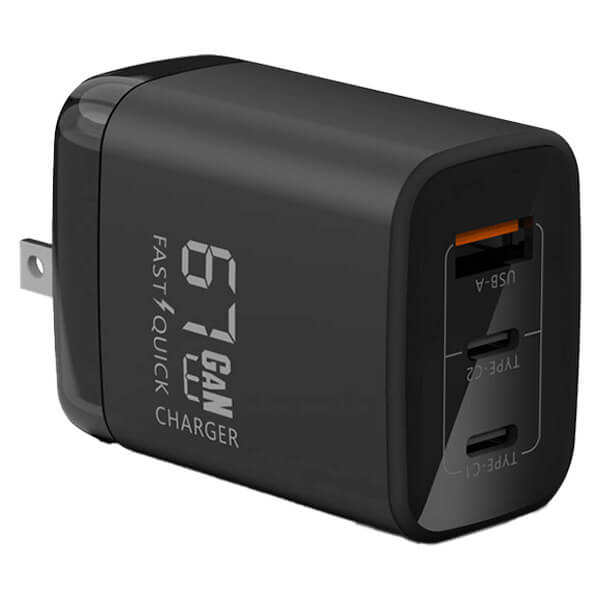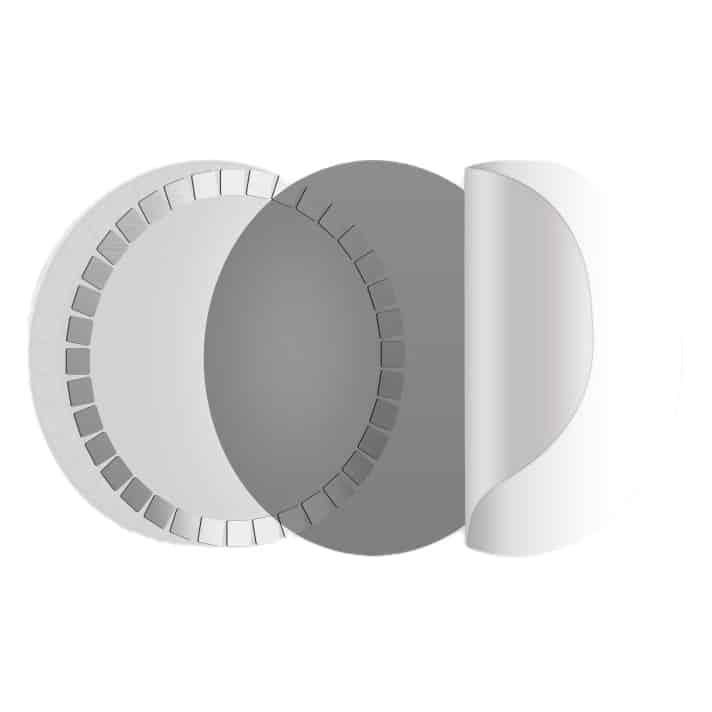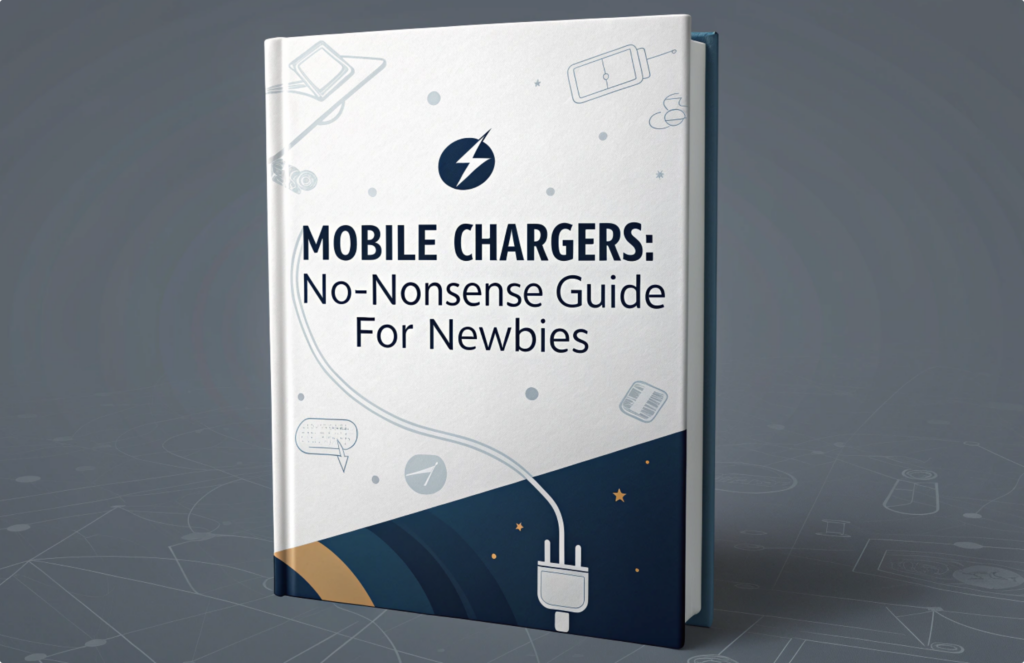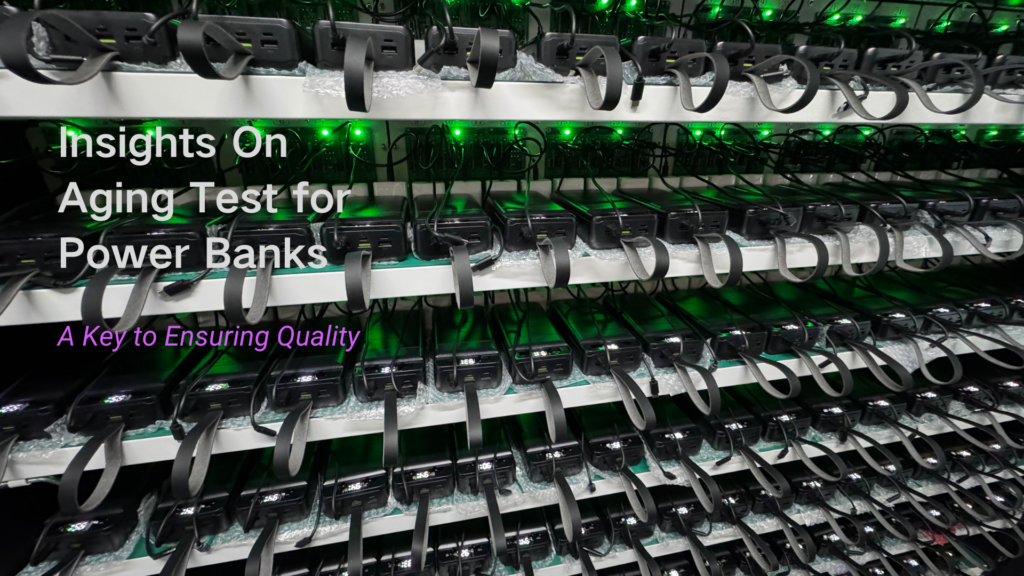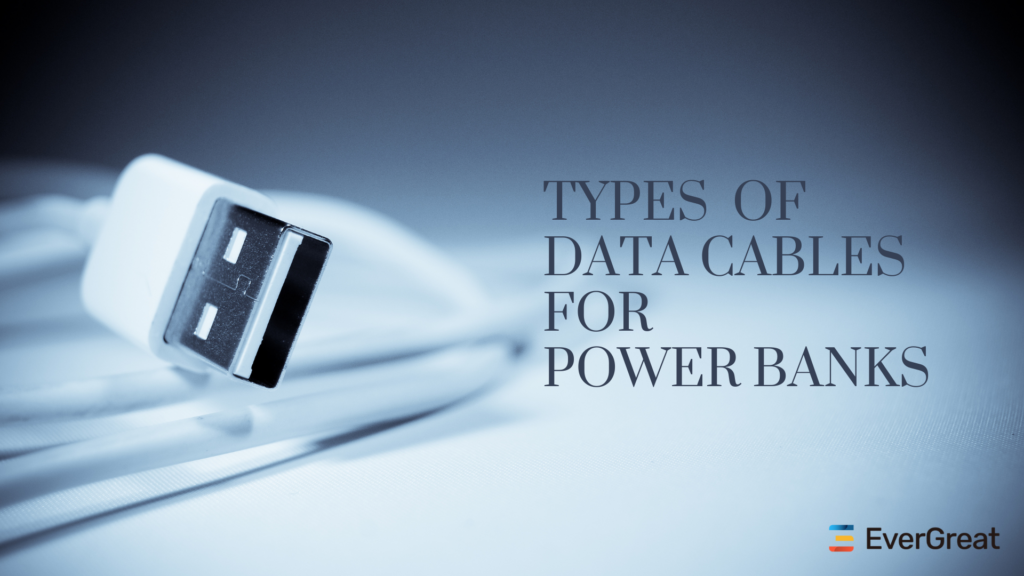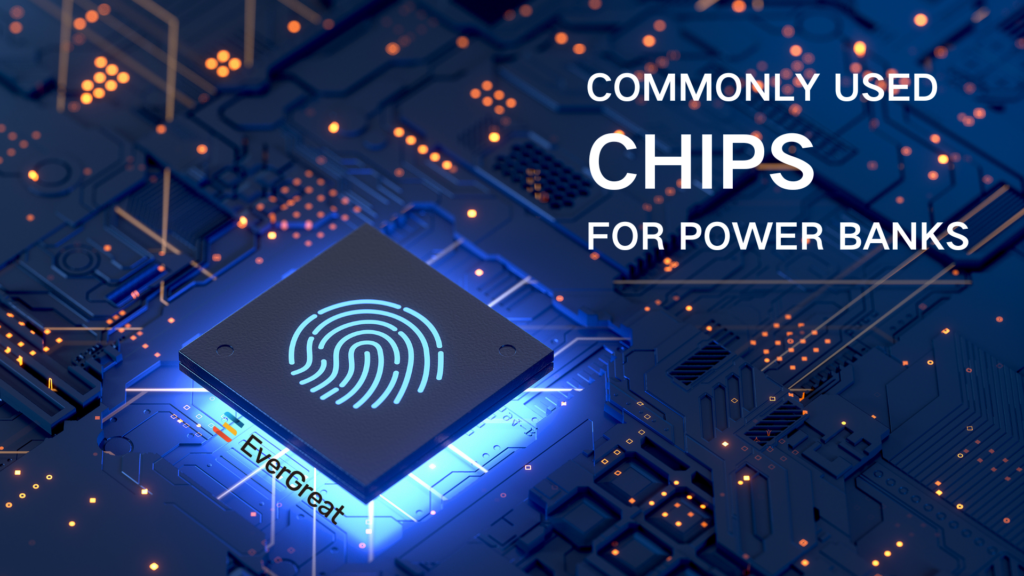
Without further ado, let’s get straight to the point. Today, I want to share with you some of the core components of power banks – chips. So what are the commonly used chips in power banks? What are the characteristics of these chips?
Ultra-high integrated master chip (All-in-One Master IC)
The master chip is the core, integrating multiple functional modules, including protocol control, buck-boost conversion, battery protection, etc. This design greatly reduces the dependence on other auxiliary chips, making the entire PCB layout simpler.
🪛Functional module integration:
- Fast charging protocol control: Supports mainstream protocols such as USB PD3.1, QC4+, and PPS.
- Buck-boost control: Flexible adjustment between input and output voltages, supporting conversion from low voltage 5V to high voltage 20V.
- Battery management: Integrates overcharge, over-discharge, short circuit and other protection functions, and monitors battery status in real time.
- Multi-port intelligent shunt: Supports intelligent power distribution of multiple output ports (such as USB-A, USB-C).
🪛Typical representative chips:
🔹Injoinic IP5389
Adapted to 22.5W fast charging and higher power.
Integrated USB PD/QC and other fast charging protocols, and supports multi-device charging.
Supports two-way fast charging (power bank self-charging and output).
🔹Southchip SC8701
Efficiently integrates buck-boost, battery protection, and protocol support.
Supports high power output of more than 100W.
Fast charging protocol and master control integration (Protocol + Master Control Integration)
Compared with the previous need for independent fast charging protocol chips, the current master control chip has directly built-in mainstream fast charging protocol modules. This not only reduces the number of components, but also reduces costs and complexity.
🪛Features:
- Wide protocol compatibility: One chip can support PD, QC, AFC, FCP and other protocols.
- Dynamic adjustment: Adjust the output voltage and current (such as 5V/9V/12V/20V) according to device requirements.
- Power upgrade: Meet charging needs of 100W and above (PD3.1).
Display + Control Integration
Highly integrated chips often also support the function of driving display screens. For example, the control of TFT screens or LED screens does not require additional driver chips.
- Display content: Power percentage, protocol status, output power, etc.
- Synchronous update: The logic of the main control chip is directly synchronized with the screen display to reduce latency.
- Space saving: No independent display driver chip is required, simplifying the design.
🪛Typical chip:
🔹IP5389: Built-in screen driver function, which can directly control the TFT display.
Efficient buck-boost module (Integrated Buck-Boost Converter)
Integrating buck-boost function in a chip has become standard. Modern main control chips use a highly efficient buck-boost architecture to achieve seamless conversion between different input/output voltages.
- Efficiency: The conversion efficiency is as high as 95% or more, reducing heat generation.
- Wide voltage support: Compatible from 3V to 24V.
- Power range: Supports full-scenario applications from low-power devices to high-power notebooks.
🪛Example:
🔹SC8701: It can still maintain extremely low energy loss at 20V high voltage input.
Integrated Protection System
The highly integrated chip has built-in complete protection functions to cover a variety of working environment requirements:
- Overcurrent/overvoltage protection: Avoid circuit damage and equipment damage.
- Temperature protection: Real-time temperature monitoring through the temperature sensing module to prevent overheating.
- Short circuit protection: Instantly cut off the current
Conclusion
The above are some of the more commonly used chips in power banks. In fact, it takes comprehensive considerations to produce a product that is both safe and complete. Using the right chip is only part of it. How engineers layout and design PCB boards and how workers on the production line assemble them are all important influencing factors. I hope these contents are helpful to everyone, and welcome to discuss with us in depth.

